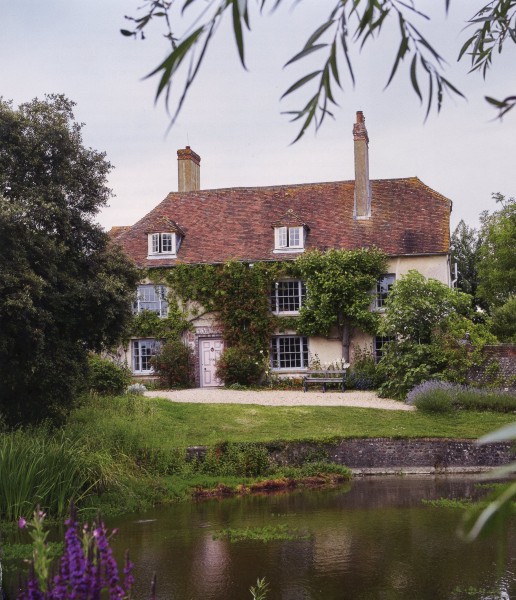 Visitors to the shop often comment on the ‘Bloomsbury’ atmosphere – which is appropriate as Lamb’s Conduit Street is in the heart of Bloomsbury. But another important influence is Charleston: its aesthetic and its values, grey (for example) being a very Charleston colour. So for those readers of the Post who haven’t yet made it to the house itself (it’s in Sussex, an hour from London by train) this week’s Post will have five photographs from a book we sell ln the shop: Charleston, A Bloomsbury House and Garden by Quentin Bell and Virginia Nicholson with photographs by Gavin Kingcome. It’s an £18.99 paperback with hundreds of beautiful pictures and interesting text, and we highly recommend it. Here first of all is the house itself.
Visitors to the shop often comment on the ‘Bloomsbury’ atmosphere – which is appropriate as Lamb’s Conduit Street is in the heart of Bloomsbury. But another important influence is Charleston: its aesthetic and its values, grey (for example) being a very Charleston colour. So for those readers of the Post who haven’t yet made it to the house itself (it’s in Sussex, an hour from London by train) this week’s Post will have five photographs from a book we sell ln the shop: Charleston, A Bloomsbury House and Garden by Quentin Bell and Virginia Nicholson with photographs by Gavin Kingcome. It’s an £18.99 paperback with hundreds of beautiful pictures and interesting text, and we highly recommend it. Here first of all is the house itself.
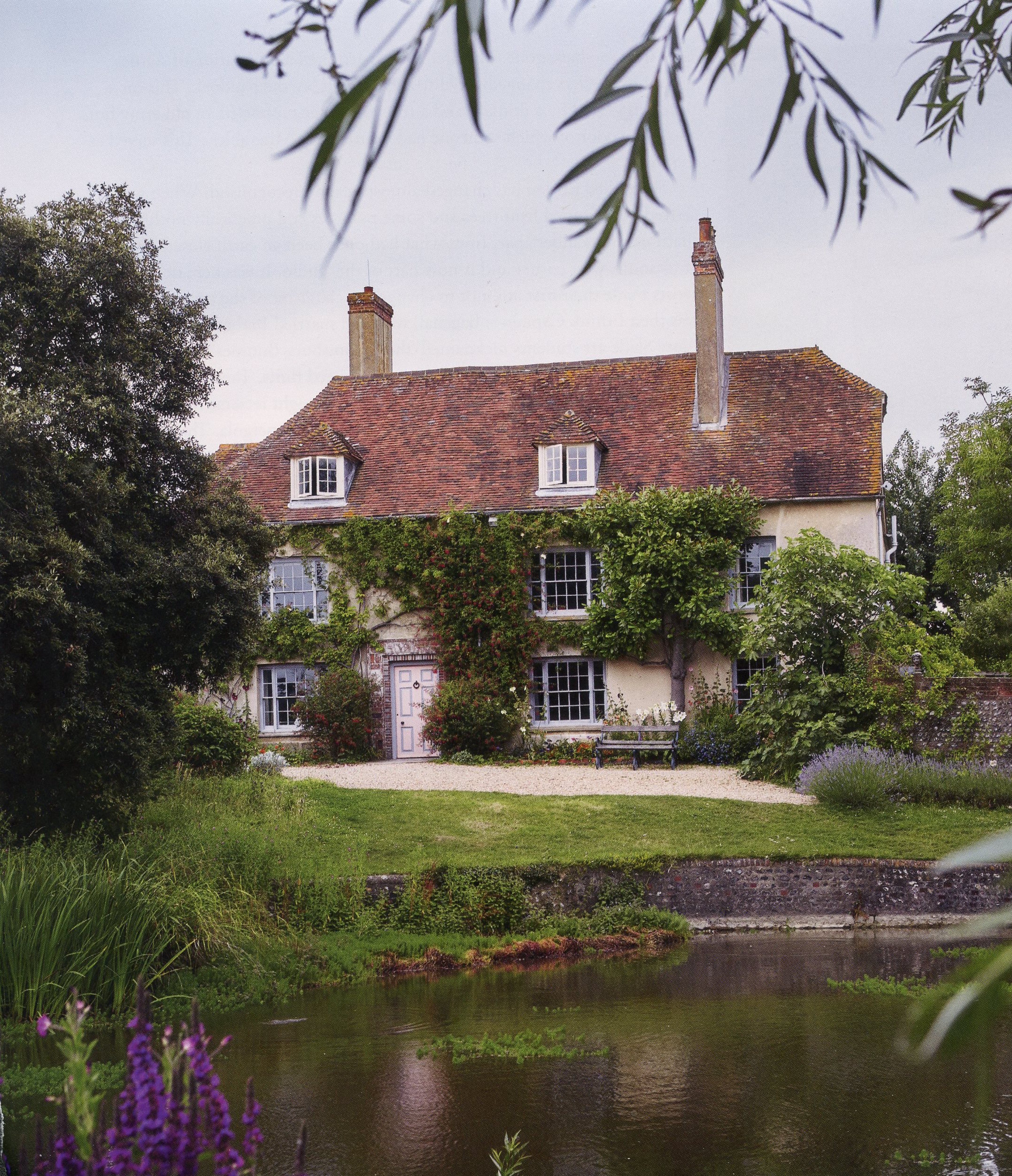
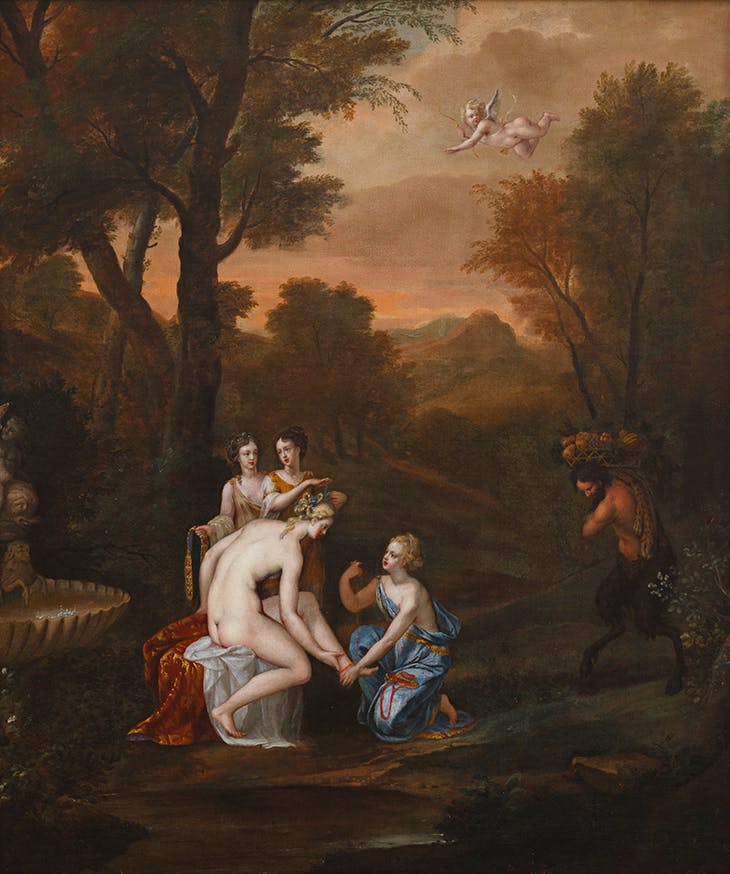
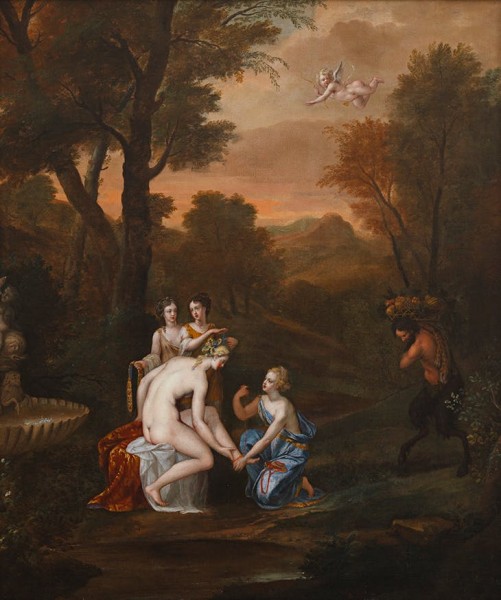
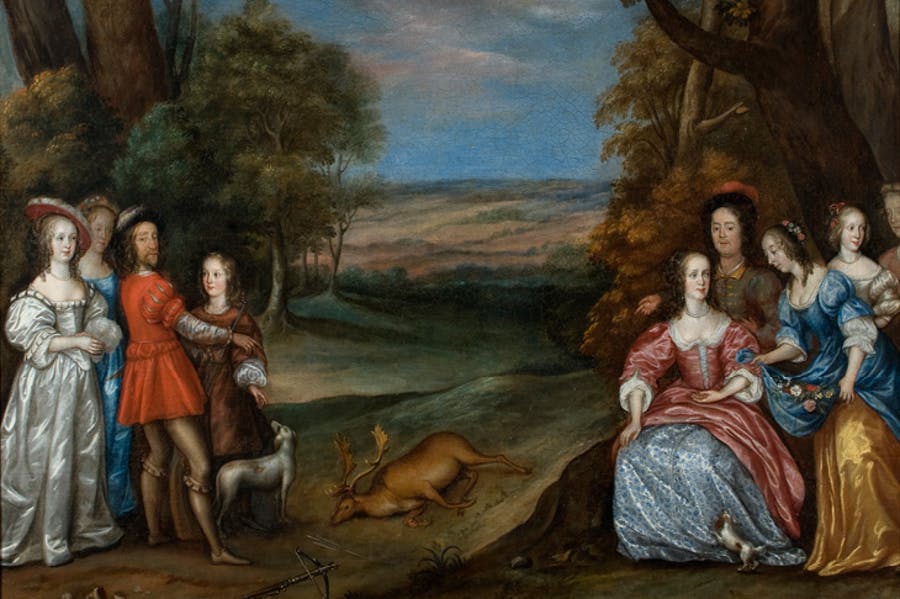
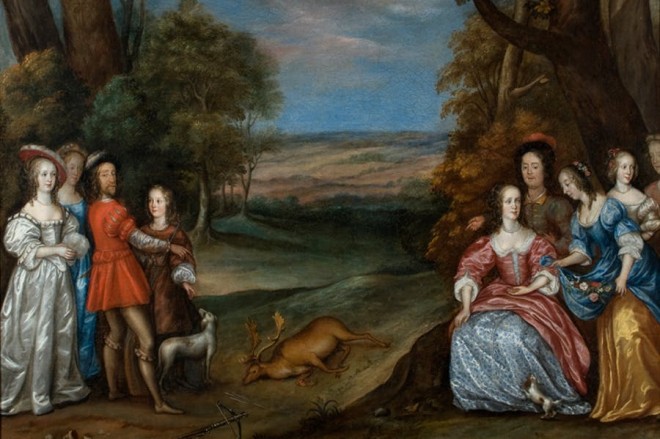
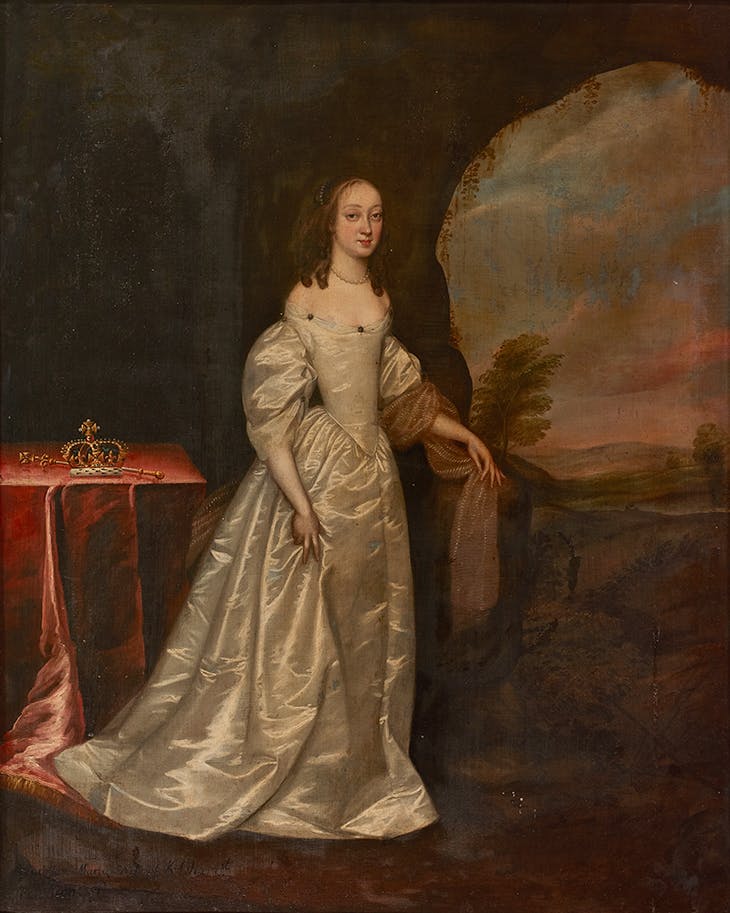
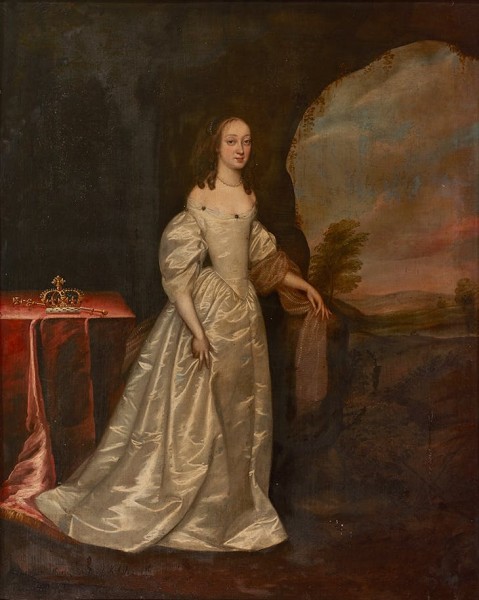
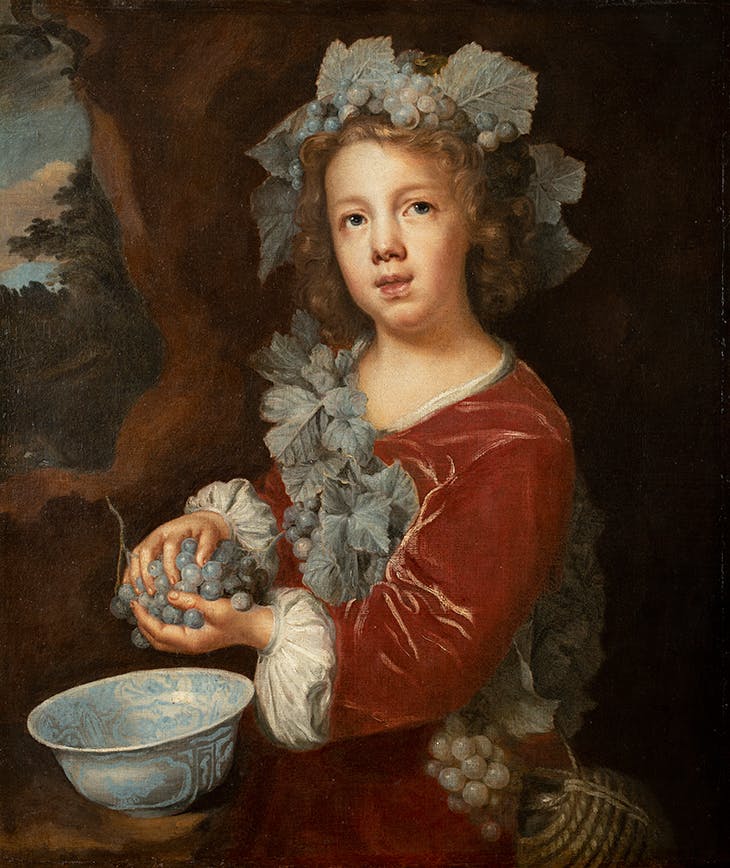

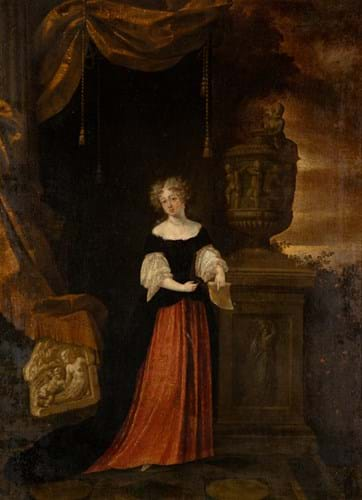



 London Seen Through the Arch of Westminster Bridge was painted by Canaletto in 1747. Details of the exhibition
London Seen Through the Arch of Westminster Bridge was painted by Canaletto in 1747. Details of the exhibition